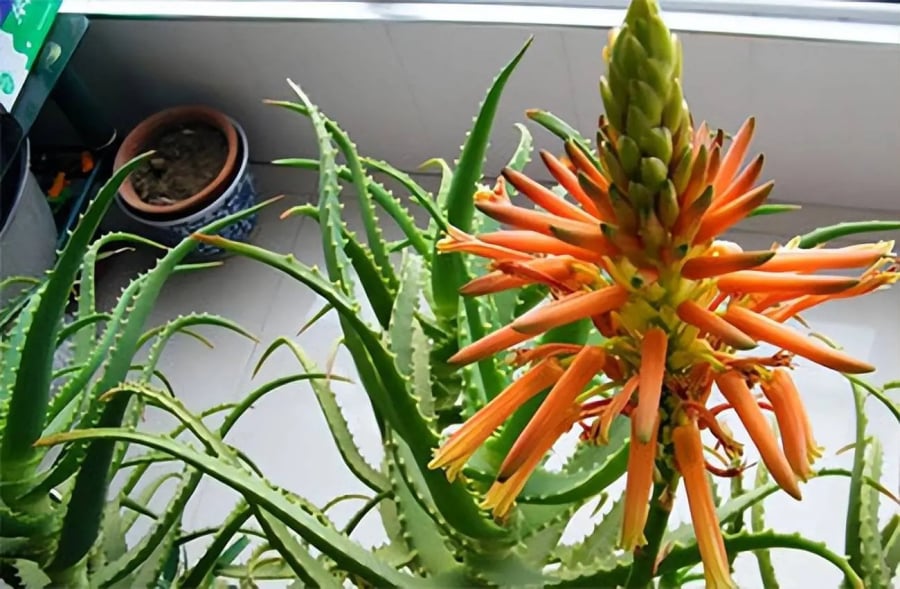Aloe vera, or aloe as it is commonly known, is renowned for its myriad health and beauty benefits, as well as being a popular houseplant. One of the most intriguing aspects for aloe enthusiasts is when the plant blooms. However, there is much debate surrounding the significance of aloe flowers, with some considering it a bad omen, while others view it as a sign of good fortune. In this article, we delve into the meaning of aloe flowers and provide insights into cultivating these beautiful blooms.

Aloe flowers signify prosperity and good luck, promising success in endeavors and smooth sailing in life.
Aloe Flowers: Omen of Bad Luck or Good Fortune?
Legends suggest that aloe flowers bring prosperity and good luck. Many believe that these blooms attract wealth, happiness, and peace to the household. Some even associate aloe flowers with new beginnings, considering it a fortunate sign if the plant blooms during the new year, signifying a smooth and prosperous year ahead.
However, in reality, witnessing aloe flowers is not a common occurrence for most home gardeners. Many aloe enthusiasts cultivate the plant at home but rarely, if ever, see it bloom. This has sparked curiosity about the reasons behind the absence of flowers and the required care for healthy aloe plants.
Reasons Why Your Aloe Plant May Not Flower
There are several factors that could contribute to your aloe plant’s lack of flowering, including:
- Immature Plant: Aloe plants require a significant amount of time to mature, typically taking 2 to 3 years. Young plants are not capable of producing flowers.
- Inadequate Care: Insufficient water, sunlight, or nutrients can hinder the plant’s ability to flower.
- Inappropriate Soil: Soil that lacks aeration or sufficient nutrients can impede the healthy growth of aloe plants.
Tips for Encouraging Your Aloe Plant to Flower
To enhance the chances of your aloe plant flowering, consider the following factors:
1. Select the Right Soil
Aloe thrives in well-aerated soil. Mix garden soil with river sand or ash at a 1:1 ratio. This ensures proper drainage and promotes healthy root development.
2. Water Properly
Even though aloe is a succulent, regular watering is essential. Allow the soil to dry out completely between waterings. Water thoroughly and timely to ensure the plant absorbs enough water, preventing root rot.
3. Fertilize with the Right Nutrients
During the plant’s early stages, use multi-nutrient fertilizer or fertilizer with a high nitrogen content. Fertilize at least once a month to provide sufficient nutrients for growth. As the plant matures, introduce phosphorus and potassium fertilizers to enhance flowering potential.
4. Provide Abundant Light
Aloe is a sun-loving plant, requiring direct sunlight for at least 6-8 hours daily. Insufficient light results in thin, pale leaves and impedes the flowering process.

Learn tricks from seasoned gardeners to encourage blooming and invite good luck into your home.
5. Consistent Care
Monitor your plant’s condition and provide regular care. Check soil moisture levels and adjust watering and fertilizing routines accordingly to match the plant’s growth needs.
Aloe flowers are a welcome sight, symbolizing prosperity and good luck. However, to witness these beautiful blooms, proper care is essential. Implement the tips provided above to encourage your aloe plant to flourish and bloom, bringing good fortune to your home.






























